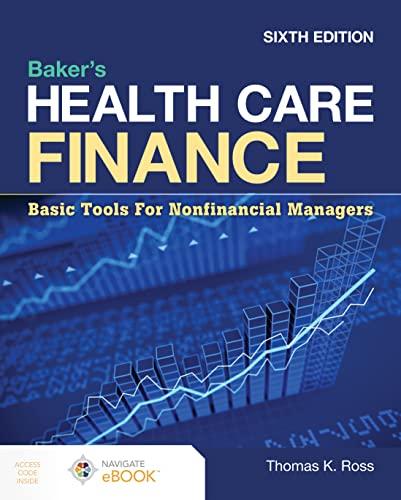Question
In this question, you will try to calibrate the parameters of a very simple model to match the real world as close as possible. Of
In this question, you will try to \calibrate" the parameters of a very simple model to match the real world as close as possible. Of course, the model is grossly simplistic, but that's true of any model. There are two periods t = 0; 1. The stock price at time 0 is S0. Each period, the stock either goes up or down (only two outcomes). If the current price is S, the the next-period price will either be uS or (1=u)S, where u > 1. So the up and down movements are symmetric. The probability of a price increase is p, and the probability of a decrease is 1p. The price movements in dierent periods are independent of each other. (a) Write formulas for the (net) expected return and volatility of the stock? (b) If you think this stock has 10% expected returns and 50% volatility year-to-year, what should u and p be, to 2 decimal places? Hint: Use a computer; Excel \solver" should work ne for this. I can tell you that I got a p that was close to 0.5 and a u that was close to 1.5, so perhaps start with those. This should show you that you can \calibrate" p and u from the binomial tree to your guesses about the stock.

Step by Step Solution
There are 3 Steps involved in it
Step: 1

Get Instant Access to Expert-Tailored Solutions
See step-by-step solutions with expert insights and AI powered tools for academic success
Step: 2

Step: 3

Ace Your Homework with AI
Get the answers you need in no time with our AI-driven, step-by-step assistance
Get Started


